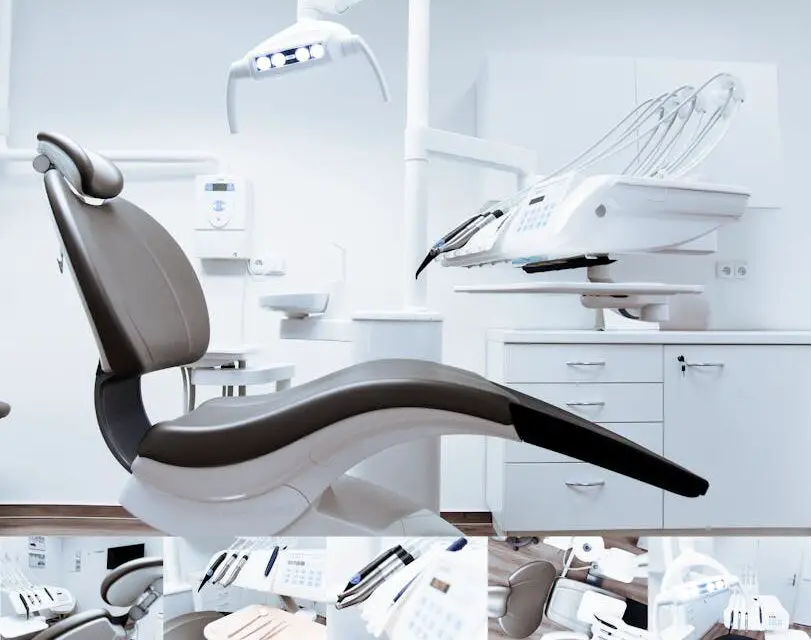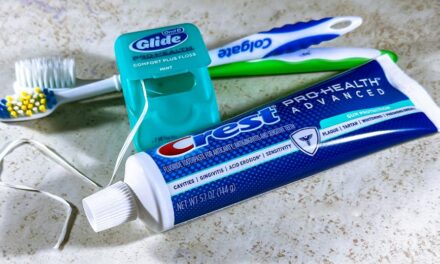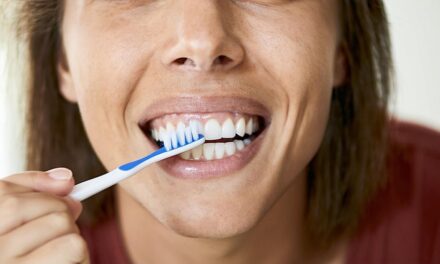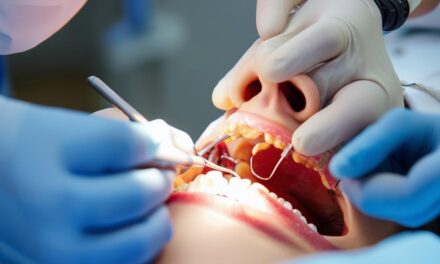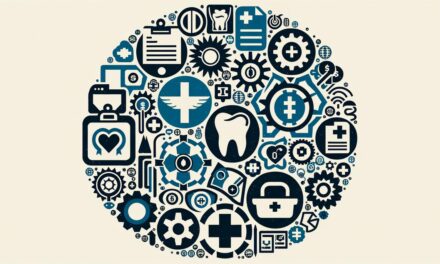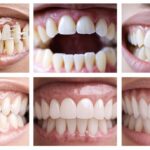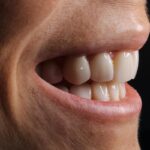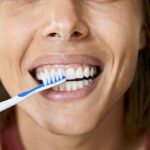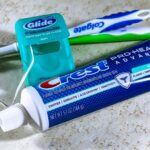Advanced Preventive Dentistry Techniques
Digital imaging technology has revolutionized how dentists detect oral issues. Intraoral cameras reveal detailed views of teeth and gums, catching early signs of decay. Cone Beam Computed Tomography (CBCT) scans provide three-dimensional images, offering a clear, accurate picture for identifying problems early and planning treatments effectively.
Fluoride treatments fortify enamel. Fluoride varnishes and gels cling better to teeth, offering long-lasting protection by forming a barrier against bacteria and acids, minimizing cavity risk and strengthening enamel.
Sealants act as a shield for teeth. Applied to molars and premolars' chewing surfaces, they block food particles and bacteria, making it harder for decay to start. They're especially important for children and teenagers' teeth, which are more prone to cavities.
Laser dentistry offers precision and comfort. Lasers detect cavities early using fluorescence, uncovering hidden decay. For treating cavities, lasers clean out decay while preserving surrounding tooth structure. Soft tissue lasers treat gum disease effectively with minimal bleeding and faster healing.
Genetic testing gives insights into oral health risks. Salivary DNA tests analyze saliva for genetic markers indicating susceptibility to conditions like periodontal disease and cavities. Understanding genetic predispositions allows dentists to tailor preventive strategies to each individual.
These advanced techniques present new ways to maintain oral health, from digital imaging uncovering hidden decay to personalized care plans based on genetic testing, making it easier to keep your smile healthy and bright.
Daily Practices for Oral Health Maintenance
Effective brushing techniques are fundamental. Use a soft-bristled toothbrush and fluoride toothpaste, brushing for at least two minutes, twice daily. Angle the brush at 45 degrees to the gums and make gentle, circular motions, cleaning not just the teeth, but also the gum line where plaque buildup often begins. Don't forget to brush your tongue to remove bacteria that cause bad breath.
Flossing is equally essential, reaching areas that brushing cannot, specifically between teeth and under the gum line. Daily flossing removes food particles and plaque before they harden into tartar, which can only be removed professionally.
Antimicrobial mouthwashes reduce the number of bacteria in your mouth, targeting those that cause gum disease and bad breath. Use as directed, usually swishing for 30 seconds after brushing and flossing, for added protection.
Water flossers offer an alternative to traditional flossing, using a stream of pulsating water to remove plaque and food debris. They improve gum health by reducing bleeding and inflammation, contributing to an overall cleaner mouth. Water flossers are beneficial for individuals with braces, dental implants, or other dental work.
Incorporating effective brushing, diligent flossing, antimicrobial mouthwashes, and water flossers ensures a comprehensive approach to oral health maintenance. By prioritizing these routines, you set a solid foundation for long-term oral health, keeping your smile not only bright but also resilient against future dental issues.
The Role of Technology in Early Detection and Prevention
In modern preventive dentistry, technology plays a crucial role in the early detection and precise treatment of cavities and gum diseases. Intraoral cameras provide detailed images, allowing dentists to spot early signs of decay or gum disease that might be missed during a visual inspection. 3D scanning with Cone Beam Computed Tomography (CBCT) offers a comprehensive view, enabling dentists to detect hidden dental problems and plan complex procedures with precision.
Laser treatments offer targeted and minimally invasive solutions. Laser cavity detection utilizes fluorescence to pinpoint decay, allowing for early intervention. Dental lasers can effectively treat gum disease with minimal discomfort and faster healing compared to traditional methods.
The advantages of these technologies include:
- Improved diagnosis accuracy
- Enhanced patient comfort and safety
- Digital imaging exposes patients to significantly less radiation than traditional film X-rays
- The precision of lasers ensures only affected tissues are treated, preserving healthy parts of the teeth and gums
The integration of these advanced tools supports preventive dentistry's goal: maintaining optimal oral health and preventing dental issues from developing into more serious problems. By leveraging digital imaging and laser treatments, dental professionals can offer early and accurate diagnoses, leading to effective and minimally invasive treatments.
Future of Preventive Dentistry
Smart toothbrushes equipped with sensors and connectivity features monitor brushing habits in real-time, providing feedback on technique effectiveness. They ensure all areas receive adequate attention and track progress over time, dramatically reducing cavities and gum disease.
Nano-technology in oral care products delivers targeted treatments directly to areas needing them most. Nano-reinforced fluoride provides robust defense against acid attacks on enamel, while antimicrobial nanoparticles offer prolonged protection against harmful bacteria, reducing periodontal disease risk.
Tele-dentistry leverages digital communication technologies, allowing individuals to consult with dental professionals remotely. This increased convenience can lead to more consistent dental care and better overall outcomes, particularly for those in underserved areas.
These future advancements hold immense potential to improve oral health accessibility and outcomes. Smart toothbrushes instill good habits from a young age, nano-technology ensures preventive measures are more effective, and tele-dentistry bridges gaps between patients and professionals. By integrating these innovations, we can look forward to a future where maintaining oral health is easier, more efficient, and more accessible for everyone.
- American Dental Association. (2021). Oral Health Topics: Fluoride.
- Centers for Disease Control and Prevention. (2019). Dental Sealants Prevent Cavities.
- Kravitz, N. D., & Bullock, A. (2015). Preventive Dentistry. Journal of the Canadian Dental Association, 81(f29).
- Saxena, D., & Rizvi, I. A. (2017). Nanotechnology: A Potential Gamechanger in Modern Dentistry. Journal of Oral Biology and Craniofacial Research, 7(3), 214-217.
- Yuen, H. K., Hacon, H. K., & Fratkin, J. D. (2021). Genetic Testing in Dentistry. Dental Clinics of North America, 65(1), 1-13.

